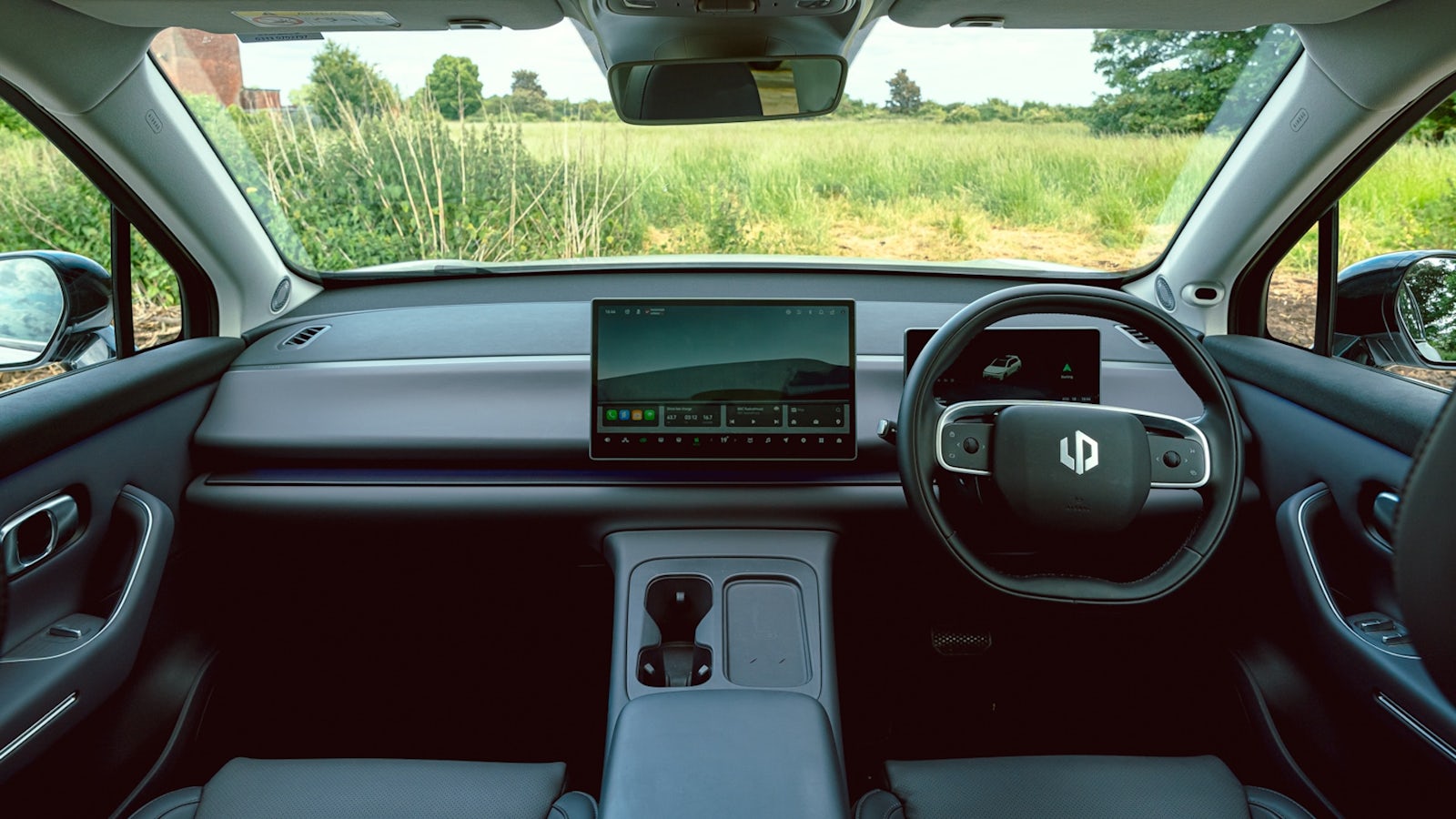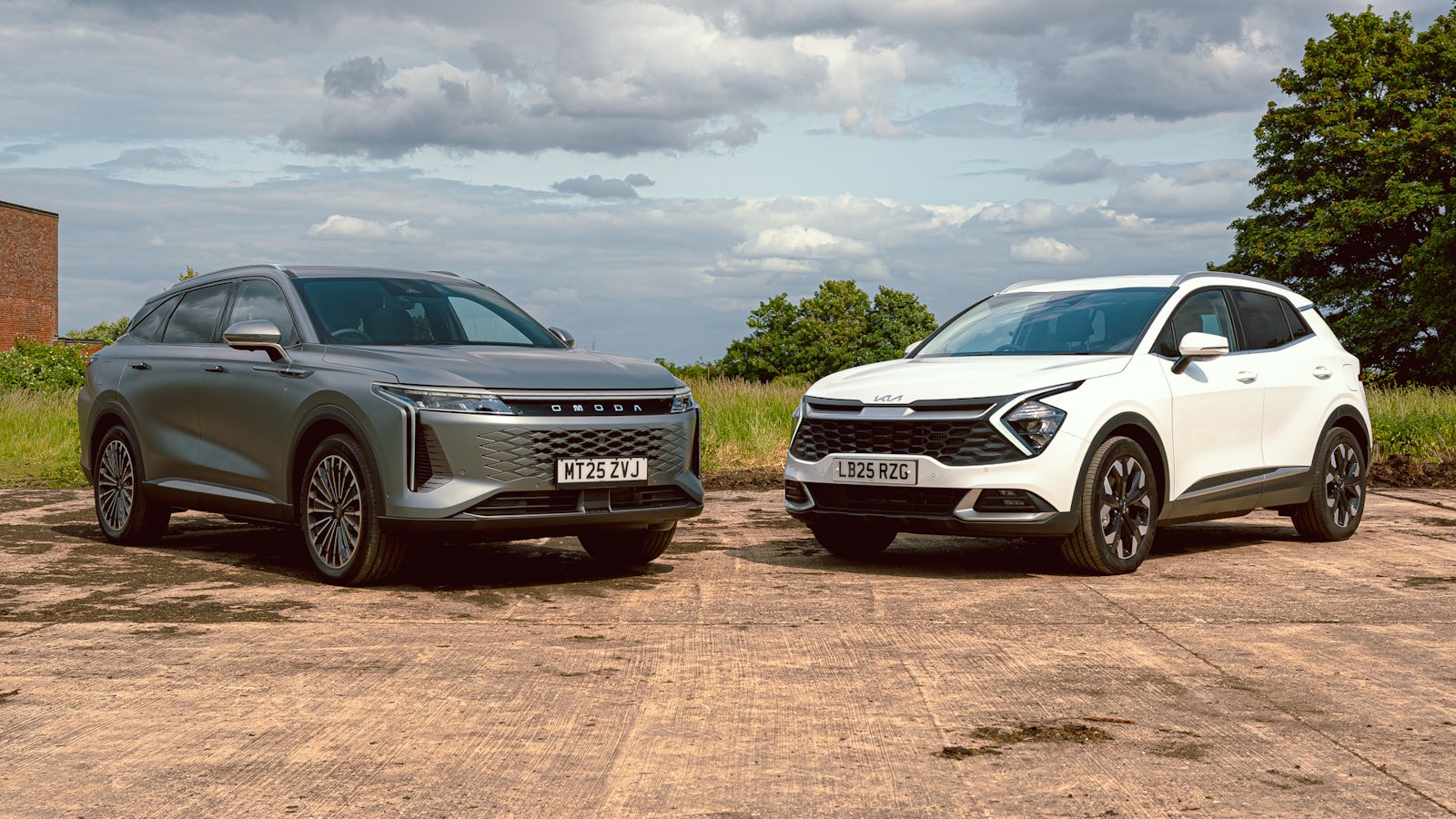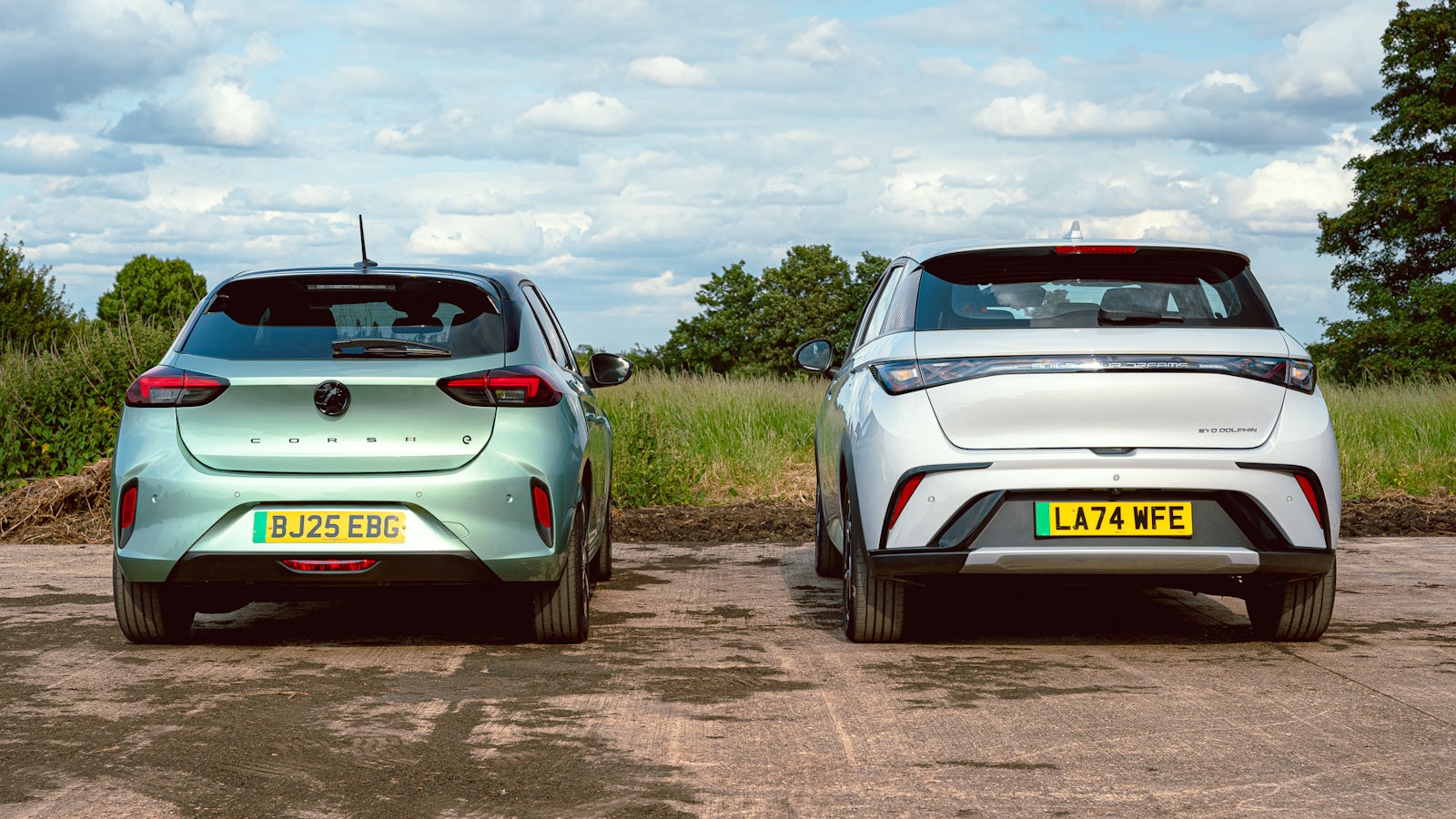Are Chinese cars actually any good?
June 26, 2025 by Tom Wiltshire

Chinese car brands have well and truly ‘arrived’ in the UK. They span all areas of the market – there are familiar companies with Chinese money backing them such as Lotus or Volvo, older brands given a new lease of life by Chinese ownership such as MG or Smart, and now there are an increasing number of Chinese companies entering the market unapologetically as their own brand.
BYD, GWM, Omoda, Jaecoo, Leapmotor, Maxus, Xpeng, Skywell – all of these manufacturers are selling their cars in the UK, and if they’re successful you can expect them to be followed by even more in due course.
Carwow’s data shows that people are curious, too – eight out of the top 10 most configured cars on our site are from Chinese brands, with the Jaecoo 7 SUV topping off the list.
But are they actually any good? Here at Carwow we test all of the latest cars, Chinese or otherwise, and you can read more about how we conduct our testing here. But to put these new Chinese brands to the test we brought together three new models in some of the most competitive areas of the market, and put them up against three well-established alternatives from known and trusted brands.
Here at Carwow we make car-changing easy, whether you’re looking for a new Chinese car or something from a Western manufacturer – you can buy a brand new or used car right here on Carwow. And you can sell your car, too. We’re here to help you through every step of your car-changing journey.
What are Chinese cars like?
Chinese cars usually promise value – they’re either cheaper than the alternatives from Europe, Japan or South Korea, or they’re the same price but with more powerful engines and loads of standard equipment thrown in. They often embrace the latest in powertrains – most of the Chinese cars in the UK are fully electric – and are very tech-focused.
However, we’ve found that this can come at the expense of some polish – whether that be in the driving experience or when it comes to actually using the interior tech.
Interior usability
Our first Chinese competitor, the Leapmotor C10, exemplifies this. It’s incredibly minimalist – you don’t get a proper key, as Leapmotor intends that you unlock the car with a smartphone app instead. On the inside, it has almost no physical switchgear, with everything being controlled through the central touchscreen.

The problem is that the touchscreen, while being absolutely loaded with features, isn’t that easy to use. All of those functions are buried in long menus that you have to scroll through, and operated by tiny onscreen buttons that are really hard to hit. And on top of all that, you don’t get Apple Carplay or Android Auto to bypass this awful interface.
We put the C10 up against a Ford Explorer, which is similarly touchscreen-driven. But the Explorer’s interface just feels so much better-suited to a car, where your finger will be jiggling around and where you don’t have the time to squint at diddy little labels.
Driving experience
Another area where we’ve found Chinese cars often fall short is the driving experience. We tested the Omoda 9, which is a large plug-in hybrid SUV – it offers a fully-loaded equipment list and a powerful engine for the same price as the much more Spartan Kia Sportage we tested it against.
On paper, it seems like a no-brainer to go for the Omoda. It’s bigger, more powerful, more efficient, and offers niceties such as heated and ventilated seats and a panoramic roof all set into a plush-looking cabin. The Kia, by contrast, feels a bit like a birthday dinner at the Harvester trying to compete with a princess party in a ballroom with an authentic unicorn.

But once you get behind the wheel, it doesn’t take too long to figure out where Kia has concentrated its time and effort versus the Omoda. Hit a speed bump in the Omoda, and the suspension first makes a thudding sound as it’s overwhelmed by the sudden movement. Then the rear of the car jumps as it bounces over. Then the entire body pitches backwards and forwards for a while. It’s uncontrolled and unrefined, where the Kia just deals with it in a fuss-free manner.
The Kia also takes corners better than the Omoda, which has remote-feeling steering and leans a lot in the bends. This sensation is common to a lot of Chinese cars, not just the Omoda – ones that feel great to drive, such as the BYD Seal, are in the minority, and most are just adequate. Or in some cases, genuinely bad.
Value
But the value equation does work out sometimes, and you can see that in our final twin test where we put the BYD Dolphin up against the Vauxhall Corsa Electric. These are both small hatchbacks, fully electric, that cost around the £30,000 mark.
The BYD, however, makes the Corsa look and feel a generation old. It has a more powerful electric motor yet will go longer on a charge – our testing indicates around 240 miles in the real world versus about 220 miles in the Corsa.

Step inside and you’ll notice the Dolphin feels airy and spacious – there’s room for six-foot adults to stretch out in the back – where the Corsa is cramped and dark. The Corsa’s dashboard is little more than functional, while the BYD trademark rotating touchscreen combines with smart switchgear and some quirky design touches to make the Dolphin feel playful and fun inside.
Top-spec Dolphins also get equipment that the Corsa can hardly dream of – heated and ventilated front seats, a panoramic sunroof, wireless phone charger, 360-degree camera and three ISOFIX points. Even the £34,000 Corsa Ultimate can’t challenge that.
And BYD has since launched an even cheaper electric car – the Dolphin Surf – which costs from less than £20,000 and offers a similar, if smaller, experience to the Dolphin.
Verdict
Our three Chinese cars here only give a snapshot of what’s turning into a very crowded market. Fantastic Chinese cars such as the high-tech Xpeng G6, great-to-drive BYD Seal or tax-friendly MG HS prove that more established manufacturers really do have something to fear.
But some Chinese cars have a little way to go before they can be wholehearted recommendations. Even the BYD Dolphin – the best car we’ve tested here – has its downsides, such as an awkward infotainment system and annoying tech. Some, like the Omoda 9, may be just what you’re looking for – but like any car, it’s best to take them for an extended test drive first so you know just what you’re getting into.
Chinese cars are absolutely worth investigating – you could save a packet and get your hands on something very good indeed. But you should definitely shop carefully.
Car change? Carwow!
Looking for a new set of wheels? With Carwow you can sell your car quickly and for a fair price – as well as find great offers on your next one. Whether you’re looking to buy a car brand new, are after something used or you want to explore car leasing options, Carwow is your one stop shop for new car deals.
Click here to follow us on WhatsApp, where you can keep up-to-date with all the latest news, reviews, advice guides and videos.















